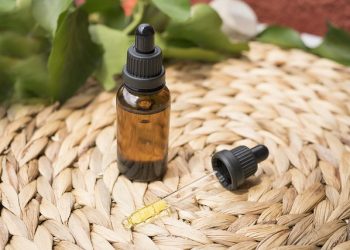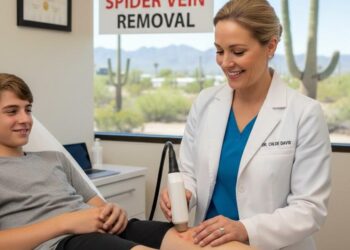Parenthood comes with its fair share of challenges, and one of these challenges is navigating the world of childhood skin conditions. Molluscum contagiosum, a relatively common viral skin infection among children, can be a cause of concern for parents. However, armed with the right information and strategies, dealing with molluscum in kids can be more manageable than you might think.
In this comprehensive guide, we will walk you through the essentials of molluscum contagiosum and effective treatment options, ensuring your child’s comfort and peace of mind.
Understanding Molluscum Contagiosum:
Molluscum contagiosum is a viral skin infection that primarily affects children. It manifests as small, raised, flesh-colored or pearly-white bumps on the skin’s surface. These growths, called mollusca, are usually painless but can be itchy or tender at times. The infection is highly contagious and spreads through direct contact, making places like swimming pools and daycare centers common breeding grounds.
Diagnosis and Recognizing Molluscum:
Identifying molluscum contagiosum is crucial for effective management. The characteristic appearance of the mollusca, with a central indentation and a waxy core, sets it apart from other skin conditions. However, proper diagnosis by a healthcare professional is essential to rule out other conditions that might have similar appearances.
Molluscum Contagiosum Treatment:
Molluscum Contagiosum can be treated in the following ways:
1. Observation
In many cases, molluscum bumps may resolve on their own within a few months to a year. During this time, keeping the affected areas clean and dry can help prevent the spread of the infection to other parts of the body.
2. Cryotherapy
This treatment involves freezing the mollusca with liquid nitrogen, causing them to blister and fall off. While effective, this method might be uncomfortable for children due to the associated pain and blistering.
3. Topical Treatments
Over-the-counter creams containing acids or other active ingredients can be applied directly to the mollusca. These creams work by breaking down the bumps over time. It’s important to follow the instructions carefully and consult a healthcare professional before using these treatments on children.
4. Laser Therapy
In more persistent cases, laser therapy can be employed to target and destroy the mollusca. This option is generally considered for cases where other treatments have not been successful.
5. Prevention and Hygiene
To prevent the spread of molluscum contagiosum, teach your children proper hygiene practices. Encourage regular handwashing, discourage scratching, and ensure they do not share personal items like towels and clothing with others. Consider having your child wear protective clothing in environments where the infection might spread easily, such as swimming pools.
Conclusion
Dealing with molluscum in kids requires patience, education, and proactive steps to minimize its impact. By understanding the nature of molluscum contagiosum, recognizing its symptoms, and exploring suitable treatment options, you can ensure your child’s comfort and prevent the infection from spreading. Keep in mind that consulting a healthcare professional for proper diagnosis and guidance is essential. Remember, your proactive approach today can make a significant difference in your child’s well-being tomorrow.







